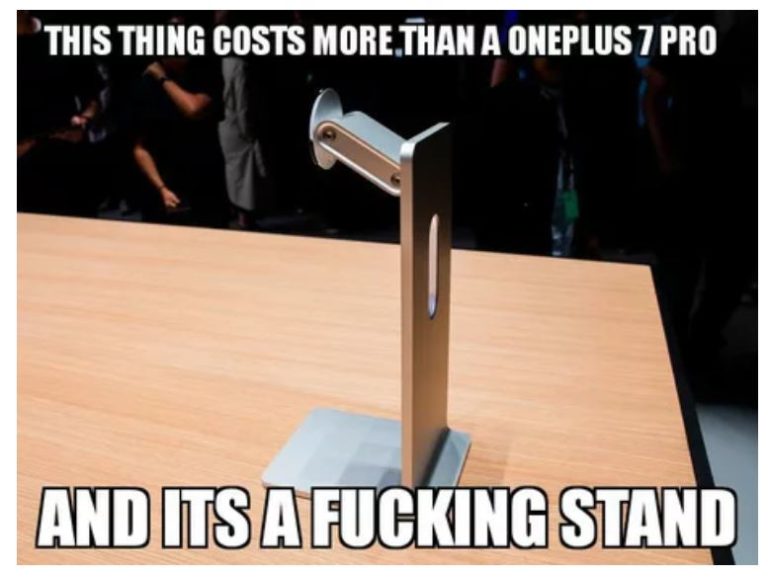
I just couldn't get myself to cut a corner and save money by purchasing something I hadn't looked myself. After using an iMac for so long I was used to the incredibly high quality of Apple displays. My MacBook Pro is frozen in time because any updates are liable to cause major issues.Īnyway, the Mac Mini obviously requires an external display unlike the iMac.

If you've never fought with digital audio workstation software for professional recording, consider yourself lucky. Plus, I didn't need an Intel based Mac for anything because my podcast recording rig runs on an Intel based MacBook Pro. I purchased the latest Mac Mini (M1, 2020) because I read the reviews of the Apple Silicon performance and was amazed at what the company had accomplished. For most people this is perfect, but I was ready for something different. The iMac is now essentially a dead end that can never be upgraded or used any other way than the day it's purchased. I could upgrade with a new computer and still use the iMac display if target display mode was still possible.

This mode enabled iMacs to be used as a display when connected to another computer. I had no need to shoot video in that format from my iPhone, but I took this as a good reason to look at new computers.Īfter using an iMac for many years, I was ready to ditch the platform because Apple stopped supporting Target Display Mode. "Unsupported Video Format, The full-resolution video is unsupported." After some searching, I found that my iMac didn't have the hardware required to play HDR video with 10-bit high dynamic range or Dolby Vision. I tried to watch a video on my Late 2014 iMac 5K, that I'd recorded with my iPhone 12 Pro, when the fateful message appeared.

It all started with a message on January 8, 2021.


 0 kommentar(er)
0 kommentar(er)
